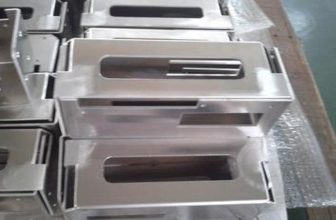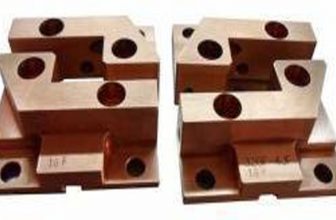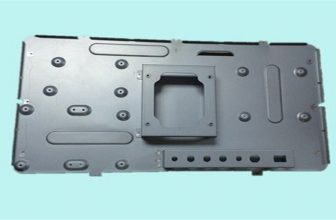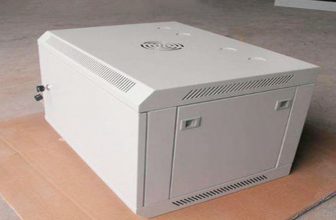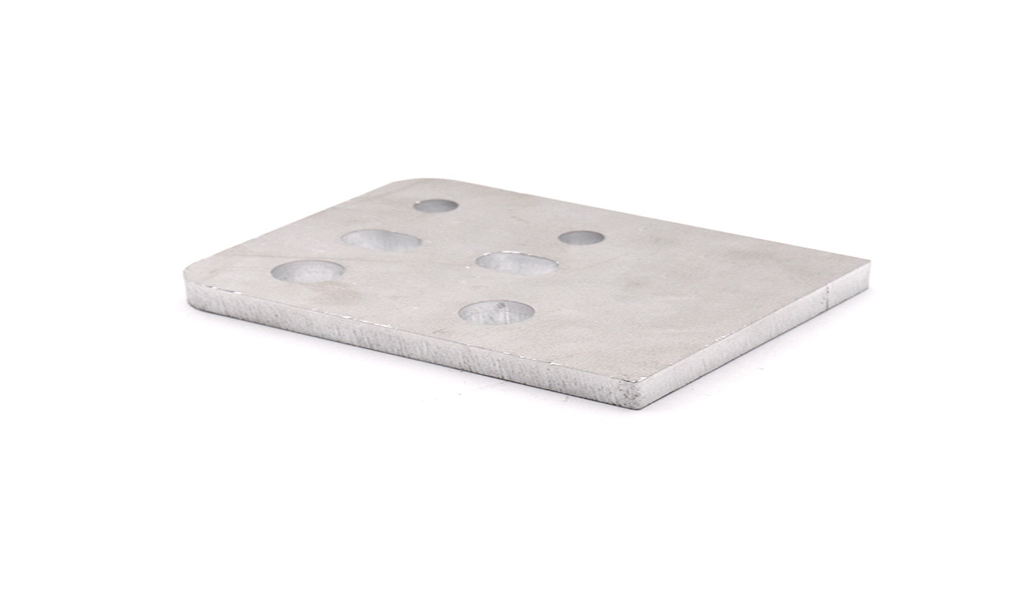
Blanking refers to the stamping process in which one part of the material and another part of the material are separated by using a stamping die. It is the basic process in the stamping method and has a wide range of applications; the blanking process can directly punch out the required parts. The stamping process prepares the blank, so what stages will the automobile stamping parts factory go through in the stamping process? Let’s take a look below;
First, the elastic deformation stage
The pressure of the punch causes the material to deform elastically, compress, bend, and draw, and is slightly squeezed into the hole of the concave model. At this time, the material under the punch is slightly arched, and the material on the concave die is slightly upturned. The larger the gap, the more serious the arching and upturning. At this stage, because the internal stress of the material does not exceed the elastic limit, it is in Elastic deformation state, when the punch is unloaded, the material will return to its original state;
Second, the plastic deformation stage
The punch continues to be pressed down, the stress in the material reaches the yield strength, and the material begins to undergo plastic shear deformation; the punch is extruded into the sheet, and the sheet is extruded into the concave die, forming a bright shear section, and there is a gap due to the convex and concave die. , so it is accompanied by bending and deep drawing deformation of the material (the larger the gap, the greater the deformation). With the continuous pressing of the punch, the deformation resistance of the material continues to increase, the hardening intensifies, and stress concentration occurs near the cutting edge. When the tensile strength of the material is reached, the plastic deformation stage ends;
The third stage of fracture separation
When the stress near the cutting edge reaches the material failure stress, the material between the convex and concave molds successively produces cracks on the sides near the concave and convex mold cutting edges, and expands to the inner layer of the material along the direction of the large shear stress to separate the material;
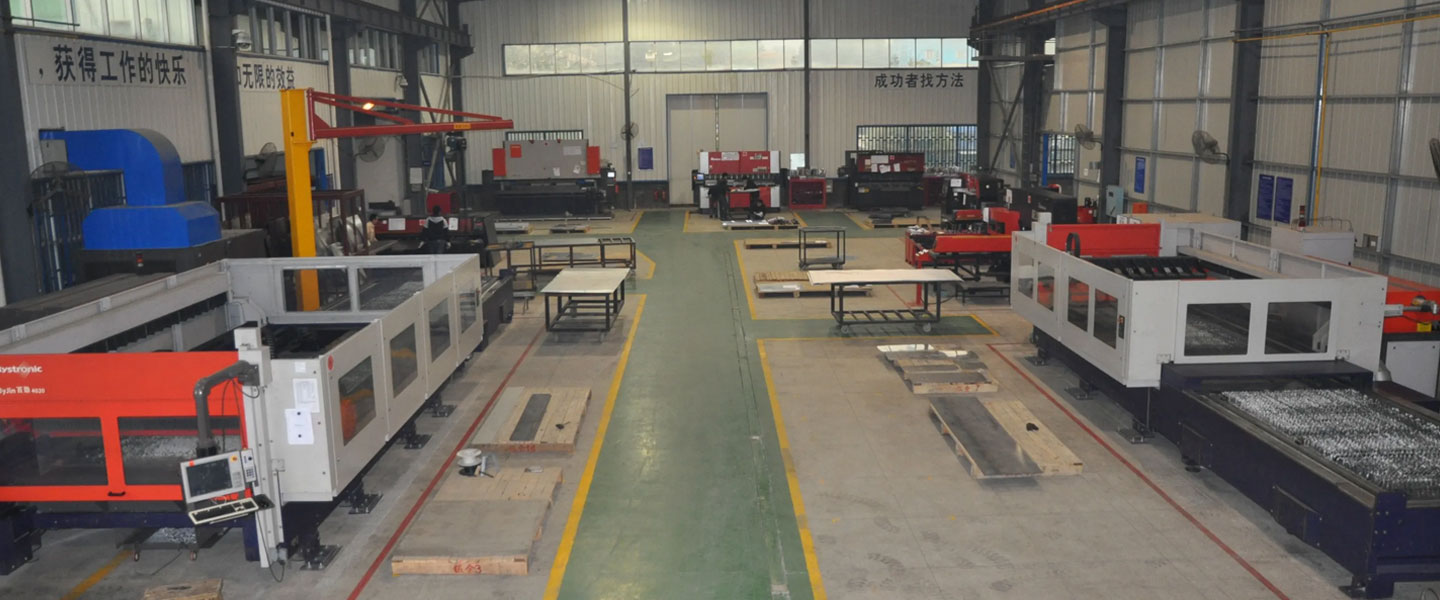
Pintejin Sheet Metal shop offers a cost-effective solution for a wide range of industries with our custom metal stamping and custom sheet metal fabrication capabilities. Our stampnig operations include a variety of sheet-metal forming manufacturing processes, such as punching, blanking, embossing, bending, flanging, and coining. Our professional, experienced and well-trained engineers can execute the complex metal stamping operations with precision and accuracy.
No matter what your metal fabrication needs are, Pintejin can offer the right solution: from single sheet metal part or sub-assembly of stamped metal parts to turnkey solutions for mechanical and electrical assemblies. We have the technology, equipment and the experience to fabricate customised metal products from aluminium sheet metal fabrication, steel, zinc plated steel, stainless steel sheet metal fabrication, brass and copper. Designs that require CNC machining of surfaces or components can be accommodated. We can supply polished, galvanized, zinc coated or powder coated finishes for any sheet metal work or stamped metal components. Coupled with our accurate and reliable metal fabricating equipment, we guarantee precision and repeatability in custom sheet metal work. You’ll be taking advantage of the best sheet metal fabrication china can produce.



